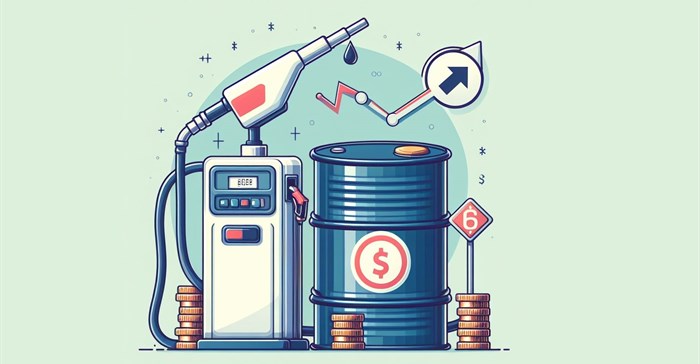
Top stories

Energy & MiningMircogrids: Managing backup systems and reducing carbon footprints
Anoop Hariparsad 12 hours


Marketing & Media#Cannes2025 awarding juries include 20 creatives from Africa
Danette Breitenbach 12 hours


Marketing & MediaDiary of a CMO: What’s marketing’s contribution to profit?
Mary Kyriakidi, Kantar 11 hours

Marketing & MediaBest Lawyers forms advisory board to address evolving demands in legal marketing
14 hours
More news

Marketing & Media
#OrchidsandOnions: Burger King hides the message, BMW spells it out
Brendan Seery 1 day




Marketing & Media
#BehindtheSelfie: Roger Goode’s recipe for a perfect morning show
Karabo Ledwaba 1 day






Construction & Engineering
Empowering Africa’s cities: The case for fiscal autonomy and financial expertise












Construction & Engineering
"Cape Town’s water recycling project should not be privatised"

Construction & Engineering
How FSDAi is unlocking £31m Nigerian pension capital for sustainable infrastructure











